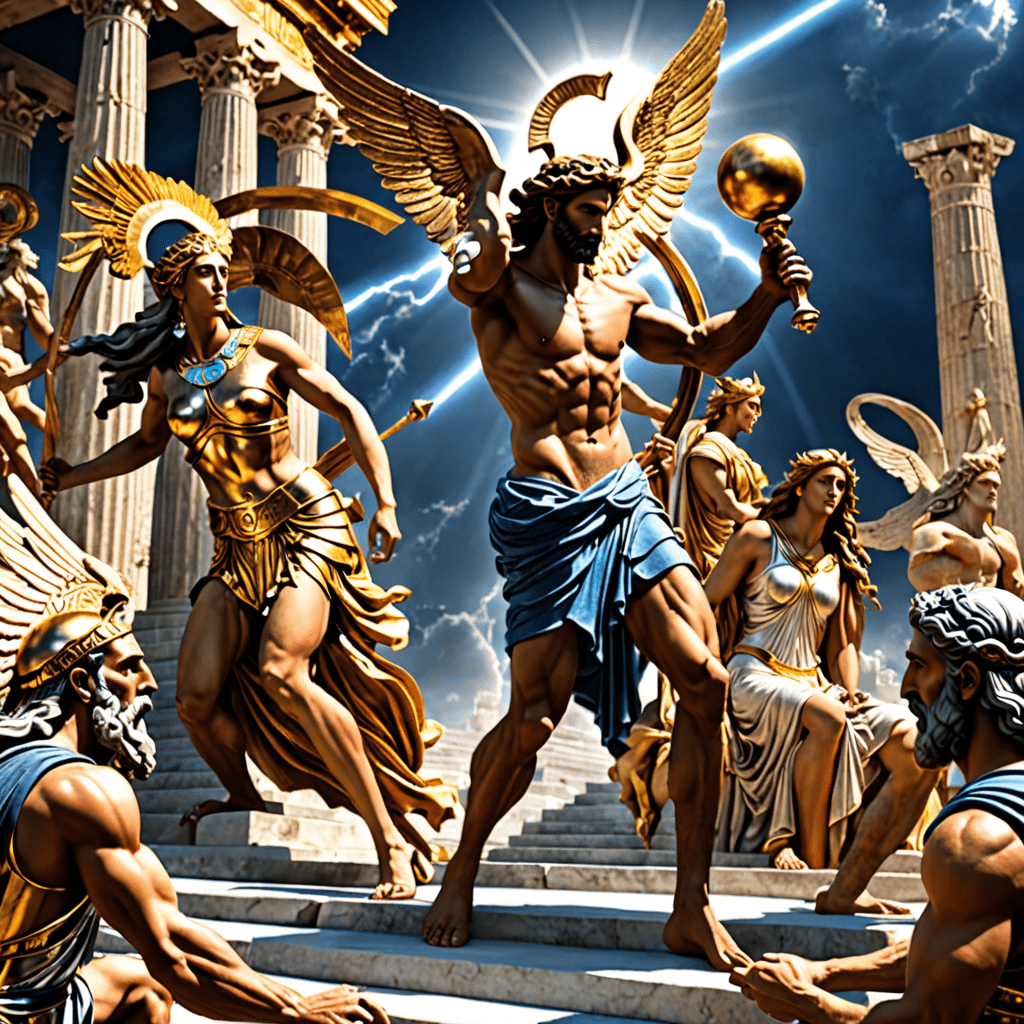The Afterlife in Greek Mythology
Greek mythology is rich with tales of gods, heroes, and the afterlife. Understanding the Greek concept of the afterlife can provide fascinating insights into the beliefs and traditions of ancient Greece. Let’s delve into the realms of Hades, where the mysteries of the afterlife unfold.
1. What is the Greek Underworld?
In Greek mythology, the afterlife is ruled by Hades, the god of the Underworld. The Underworld consists of several regions, including the Asphodel Meadows, where ordinary souls reside, the Fields of Punishment for the wicked, and the Elysian Fields, a paradise for heroes.
2. What Happens to the Soul After Death?
After death, the soul of the deceased travels to the Underworld. The soul’s journey is guided by Hermes, the messenger of the gods. Upon reaching the Underworld, souls are judged by three judges: Minos, Rhadamanthus, and Aeacus. Based on their deeds in life, souls are sent to their designated afterlife realm.
3. The River Styx and Cerberus
The River Styx serves as the boundary between the world of the living and the Underworld. Souls must pay Charon, the ferryman, an obolus to cross the river. Cerberus, the three-headed dog, guards the entrance to prevent the living from entering and the dead from escaping.
4. The Fate of Heroes and Mortals
Heroes and mortals play distinct roles in the Greek afterlife. Heroes who die valiantly in battle or perform extraordinary deeds are granted a place in the Elysian Fields, where they enjoy eternal happiness. Ordinary mortals find themselves in the Asphodel Meadows, a neutral and somewhat mundane realm.
Exploring the afterlife in Greek mythology offers a glimpse into the culture and beliefs of the ancient Greeks. The intricate tapestry of the Underworld sheds light on their views of life, death, and what awaited beyond the veil.
FAQs About the Afterlife in Greek Mythology
What is the Afterlife in Greek Mythology?
The Afterlife in Greek Mythology refers to the underworld where souls go after death. It is ruled by the god Hades and his queen, Persephone. The Greeks believed that the afterlife was a realm where souls faced judgment and were allocated to different areas based on their deeds in life.
Who are the key figures associated with the Greek Afterlife?
The main figures are Hades, the ruler of the underworld, and Persephone, his queen. Other important characters include Charon, the ferryman who transports souls across the river Styx; Cerberus, the three-headed dog guarding the entrance; and judges like Rhadamanthus who determine the fate of souls.
What are the different realms in the Greek Afterlife?
In Greek Mythology, there are various realms in the afterlife. Elysium is a paradise for the virtuous and heroic; the Fields of Asphodel is a neutral place for ordinary souls; and Tartarus is a place of punishment for the wicked. The Isles of the Blessed were reserved for the exceptionally righteous.
How did Greeks honor and remember the deceased?
The ancient Greeks honored and remembered the deceased through rituals like funeral ceremonies, grave offerings, and annual memorial celebrations. They believed that these

